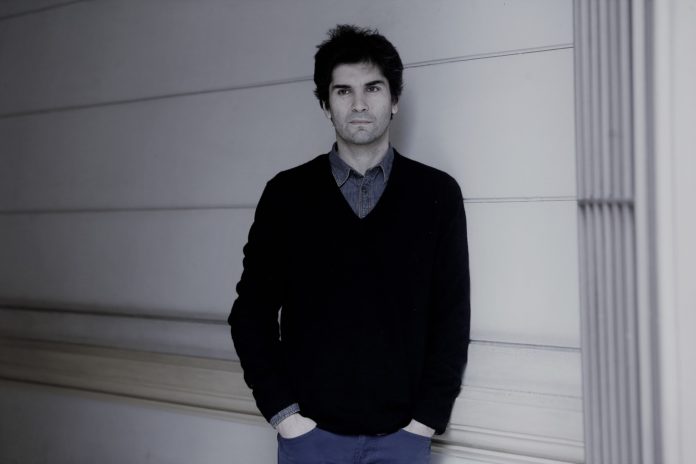One of the revolutionary technologies we hoped to have shortly is the quantum devices. They are systems able to benefit from the phenomena produced by physics at a nanometric-scale (millionth part of a millimeter) in which the source of energy will be batteries.
Felipe Barra, Director of the Physics Department (FCFM) of the University of Chile and Researcher of the Millennium Nucleus Physics of Active Matter has been investigating this topic and he posed a new quantum battery model. “The difference between a normal and a quantum battery is that the quantum battery can interact with other systems with the same characteristics and remain coherent, which is the quantum property computer science is looking for”, says Barra.
The scientist says his study is focused on the quantum system, but his proposal is valid for classical systems too. Besides, he already has a plan to create the idea of a special system that will be formed by an ion and an optical cavity. He hopes to present this to an experimental team that treats that kind of system. “If the quantum technologies progress, they will need quantum batteries”, he says.
Batteries in the future
A current problem in the electronics is systems are getting to the tiniest size possible, so tiny that electrons escape from the circuits, which leads to inefficiency. Quantum mechanics offers an understanding of this size-issue phenomena and it seeks to offer the possibility to manipulate these scale-systems in the future.
This is where Barra’s discovery becomes important. “I realized is possible to store energy in a system that is under thermodynamic equilibrium. This state makes the system unable to lose energy, so is protected because the energy does not dissipate, does not spend and it can be used by another system”, he says.
The investigation called “Dissipative charging of a quantum battery” was published in the last edition of the Physical Review Letters magazine.
Texts: David Azócar, Journalist DFI-FCFM
See the full paper here:
http://activematter.dfi.uchile.cl/wp-content/uploads/2019/06/PhysRevLett.122.210601-1-felipe-barra-1.pdf


